In the quest to combat climate change, scientists and engineers are increasingly turning to nature's own processes for inspiration. Among the most promising of these natural solutions is the mineralization of carbon dioxide (CO₂) within basaltic rock formations—a concept often referred to as the "carbon prison" or "carbon mineralization." This geological approach to carbon sequestration not only offers a permanent storage solution but also leverages the Earth's inherent ability to lock away carbon over millennia.
The process begins when CO₂ is injected into porous basaltic rock, where it reacts with minerals such as calcium, magnesium, and iron. Over time, these reactions form stable carbonate minerals—essentially turning the greenhouse gas into solid rock. Unlike other carbon capture and storage (CCS) methods, which rely on trapping CO₂ in gaseous or supercritical states within underground reservoirs, mineralization ensures that the carbon cannot escape back into the atmosphere. This makes it one of the most secure forms of carbon sequestration available today.
Why basalt? Basaltic rock is particularly well-suited for this process due to its high reactivity and abundance. Formed from rapidly cooled lava, basalt is rich in the very minerals that readily react with CO₂. Large basalt deposits are found around the world, including in Iceland, the Pacific Northwest of the United States, and India, making this a globally scalable solution. Pilot projects, such as Iceland's CarbFix initiative, have already demonstrated the feasibility of this technology, mineralizing over 95% of injected CO₂ within just two years—a blink of an eye in geological terms.
The implications for climate mitigation are profound. If deployed at scale, basaltic carbon mineralization could sequester billions of tons of CO₂ annually. This is particularly relevant for hard-to-decarbonize industries like cement and steel production, which are significant contributors to global emissions. By integrating CO₂ mineralization into industrial processes, these sectors could not only reduce their carbon footprint but also produce valuable byproducts, such as construction materials derived from carbonates.
Challenges remain, however. While the science behind CO₂ mineralization is sound, scaling the technology requires addressing logistical and economic hurdles. Capturing and transporting large volumes of CO₂ to suitable basalt formations demands significant infrastructure investment. Additionally, the energy required for injection and monitoring must be carefully managed to ensure that the process itself does not become a source of emissions. Policymakers and investors will need to collaborate to create incentives that make this technology viable on a commercial scale.
Public perception and regulatory frameworks will also play a critical role. Communities near potential injection sites may have concerns about groundwater contamination or seismic activity, even though studies indicate that the risks are minimal. Transparent communication and robust safety protocols will be essential to gaining public trust. Meanwhile, governments must establish clear guidelines for monitoring and verifying long-term storage, ensuring that CO₂ remains securely locked away.
Looking ahead, the integration of basaltic carbon mineralization with other carbon removal strategies could amplify its impact. For instance, combining it with direct air capture (DAC) technologies could create a closed-loop system where CO₂ is pulled from the atmosphere and permanently stored underground. Similarly, pairing mineralization with enhanced weathering—where crushed basalt is spread over farmland to accelerate natural CO₂ absorption—could further enhance sequestration rates while improving soil health.
The urgency of the climate crisis demands bold and innovative solutions. Basaltic carbon mineralization represents a rare convergence of natural processes and human ingenuity, offering a pathway to permanently remove CO₂ from the atmosphere. While challenges persist, the potential rewards—a stable climate and a sustainable future—are too significant to ignore. As research and pilot projects continue to advance, this geological carbon prison may well become a cornerstone of global efforts to achieve net-zero emissions.

By /Aug 14, 2025

By /Aug 14, 2025

By /Aug 14, 2025
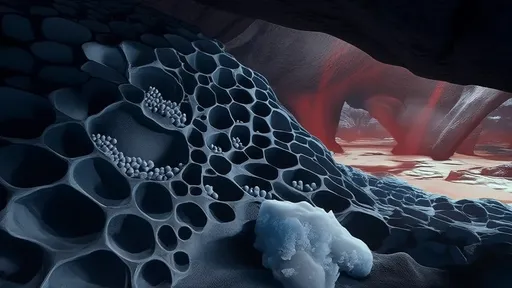
By /Aug 14, 2025

By /Aug 14, 2025

By /Aug 14, 2025
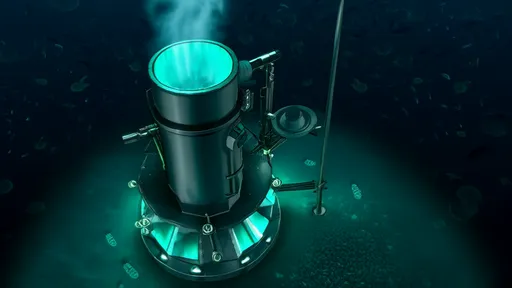
By /Aug 14, 2025

By /Aug 14, 2025

By /Aug 14, 2025

By /Aug 14, 2025
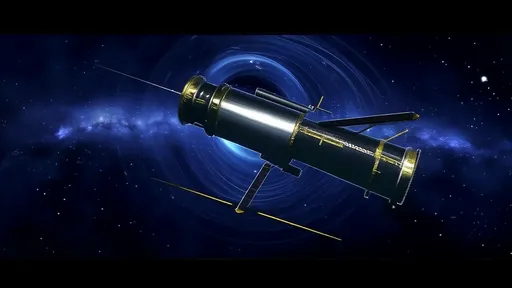
By /Aug 14, 2025

By /Aug 14, 2025

By /Aug 14, 2025

By /Aug 14, 2025

By /Aug 14, 2025
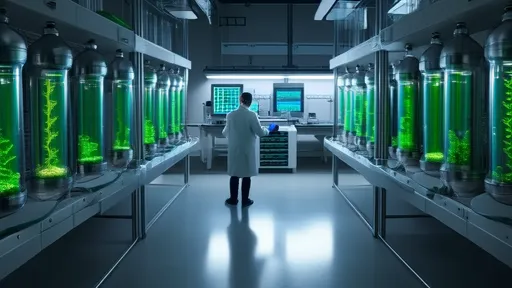
By /Aug 14, 2025

By /Aug 14, 2025

By /Aug 14, 2025
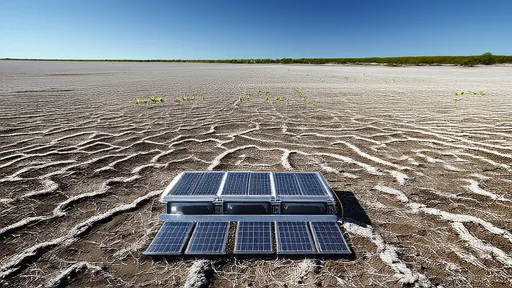
By /Aug 14, 2025
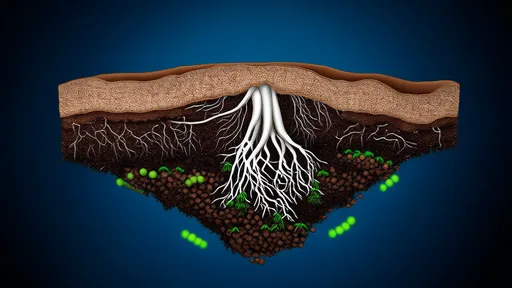
By /Aug 14, 2025